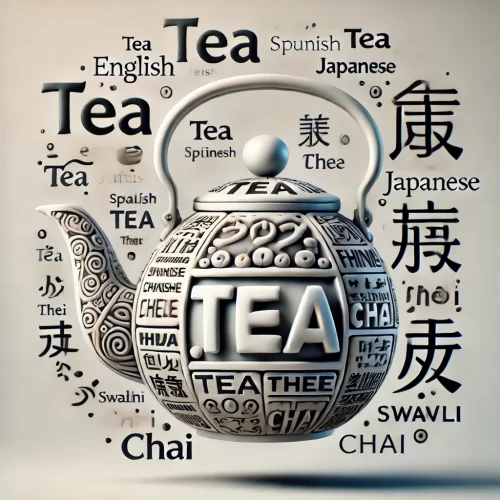
The Story of Tea Through Time
Tea, that comforting beverage enjoyed by millions worldwide, has a rich and fascinating history that spans centuries. Let’s take a whirlwind tour through time to explore the origins and key milestones in the history of tea. This brief blog provides a glimpse into the extensive history of tea, from its mythical origins to its global popularity today, highlighting key moments and milestones along the way.
The Legend of Emperor Shen Nong (2737 BCE)
The story of tea begins in ancient China, around 2737 BCE, according to legend. Emperor Shen Nong, known as the “Divine Healer,” is said to have accidentally discovered tea when tea leaves blew into a pot of boiling water he was preparing. This serendipitous encounter marked the inception of tea as a beverage.
Early Medicinal Use (3rd Century BCE)
Tea was initially used for its medicinal properties. By the 3rd century BCE, tea had become an integral part of traditional Chinese medicine, valued for its healing and calming effects.
Tea’s Introduction to Japan (6th Century CE)
Buddhist monks traveling from China to Japan introduced tea to the Japanese culture in the 6th century CE. Over time, tea evolved into a central element of Japanese society, culminating in the renowned Japanese tea ceremony.
The Tang Dynasty (7th-10th Century CE)
During the Tang Dynasty in China (7th-10th century CE), tea culture flourished. The Chinese developed various tea-drinking rituals and began cultivating tea as a cash crop.
Tea in Europe (17th Century CE)
Tea found its way to Europe via Portuguese and Dutch traders in the 17th century. It quickly became a fashionable beverage among European aristocracy.
The Boston Tea Party (1773)
Tea played a pivotal role in American history during the Boston Tea Party of 1773 when American colonists protested British taxation by dumping British tea into Boston Harbor.
The British East India Company and Opium Wars (19th Century)
The 19th century saw the British East India Company’s involvement in the opium trade with China, which led to the Opium Wars and significant changes in the tea trade and treaty ports in China.
Modern Tea Culture (20th Century – Present)
In the 20th century, tea became a global phenomenon, with diverse tea cultures emerging worldwide. Varieties like black, green, and herbal teas gained popularity, and tea-drinking traditions continued to evolve.
Conclusion: A Steeped Legacy
Today, tea remains a beloved and culturally significant beverage around the world, with each cup carrying a legacy of tradition, history, and the simple joy of sipping.
Join us next time as we delve deeper into the world of tea, exploring its diverse flavors, health benefits, and its place in our daily lives.
